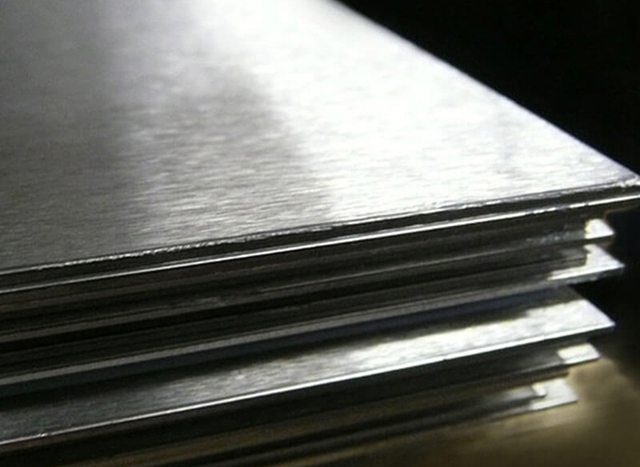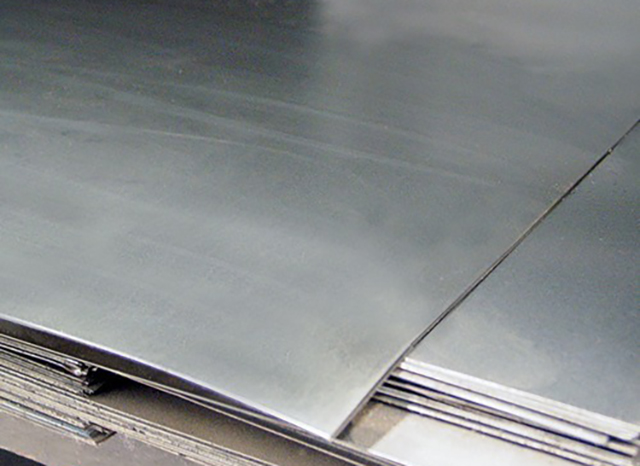316L Stainless Steel has a large-scale application in the chemical industry due to its excellent corrosion resistance. 316L is derivative steel type 18-8 Austenite stainless steel, and 2-3%of molybdenum elements are added to the materials. On the basis of 316L, many steel species are also derived. For example, 316Ti derived from a small amount of titanium is added, 316N derived from a small amount of nitrogen is added, and 317L stainless steel derived from nickel and molybdenum content is increased.
At present, most of the spot 316L stainless steel is produced according to the US standard. From a cost perspective, steel mills usually reduce the nickel content of products as much as possible. According to the US standard, the nickel content of 316L stainless steel is about 10-14%, and the daily standard stipulates that the Ni content of 316L must reach about 12-15%. According to the minimum standard, there is a 2%gap in the Ni content of the US standard and the daily standard. The gap reflected in the spot price is very large. Therefore, when buying 316L products, you need to see it carefully. Note whether the product refers to the ASTM or the JIS standard. Essence
The molybdenum content in the 316L stainless steel allows the steel species to have excellent anti -point erosion capabilities and can be safely applied to the halogen ion environment such as CL -containing CL -. Because 316L stainless steel is mainly used for its chemical properties, the surface inspection requirements for 316L stainless steel are slightly lower (relative to 304 stainless steel). Customers with higher surface requirements should strengthen the surface inspection.

Because 316L and 304 stainless steel have a considerable gap in price, some bad traders will sell 304 stainless steel to 316L. Because 304 stainless steel does not have anti -point erosion capacity, if point erosion perforation will cause leakage, this will cause major safety accidents in the chemical industry, because it is recommended to analyze the chemical composition of the product to ensure safety.
There are rarely 316 stainless steel species in the market. The upper limit of the carbon content of 316 is 0.08%, and the upper limit of the carbon content of 316L is 0.03%. Because the refining technology is very mature, steel mills can reduce the carbon content well, and the market's demand for 316 is not much. Therefore, steel mills usually only produce 316L. If 316 are required, you need to order steel mills.

Due to the different carbon content, 316 and 316L also have a gap in performance. The higher the carbon content, the easier it is to cause corrosion of the crystal. If it is welded. The higher carbon content will also enhance the tensile and yield strength of 316L stainless steel. The upper limit of 316's tensile and yield strength is 515 and 205MPa (ASTM A240M standard), and the upper limit of 316L's tensile and yield strength is 485 and 170MPa (ASTM A240M standard), while the extension and hardness of the hardness of the hardness are the same. , 40 % and HB217, respectively.
According to the above data, it can be seen that if the steel species is needed, 316L steel can be used. If you do not need to welded, then the steel type is high, and 316 stainless steel must be used.
